
More Articles
There is a lot more to allergies than a runny nose and itchy eyes.
Hay fever, the common name for allergic reactions caused by pollen and mold spores in the air which then start a chain reaction in your immune system, is usually associated with the outdoors - farms, flowers and other naturally occurring things.
But what about when you are indoors and less directly exposed to those things that we normally think can trigger allergic reactions?
You might be surprised, but exposure to these allergens are often far worse indoors than outdoors due to the enclosed nature of the indoor environment.
Yes, indoors can harbor the same allergens as the outdoors. But because the air inside a home can be more “concentrated” with pollutants, the air can be worse. When you’re outside, there is more fresh air to dilute the pollutants; an indoor environment just doesn’t have the same exchange of air and so can build up the concentration of allergens and pollutants. And indoors, in addition to the usual suspects like mold and pollen, we run into things that usually don’t exist outdoors.
- Household dust. This is actually misleading as household dust contains just about anything that can become airborne and float around such as skin dander, fiberglass, insect parts. If it can float around in the air, it can be considered “dust”. Not a pretty thought.
- Dust mites. A microscopic insect-like organism that doesn’t bite or cause redness or rashes directly, but the insect parts and offal can trigger allergic reactions. These critters thrive in a human environment - humid areas, beds, clothing, stuffed animals. They love warm, moist environments.
- Animal and human dander. Living things such as people and pets shed skin constantly and this is called “dander”. The dander becomes part of the environment and can also trigger allergic reactions.
- Cigarette smoke. Enough said.
- Cockroach droppings. Yuck. But it is true the droppings are irritating and to some can be toxic.
- Rodent droppings and leavings. Again, yuck.
- Air conditioning ductwork which can serve to move pollutants very efficiently from one part of a house or structure to another.
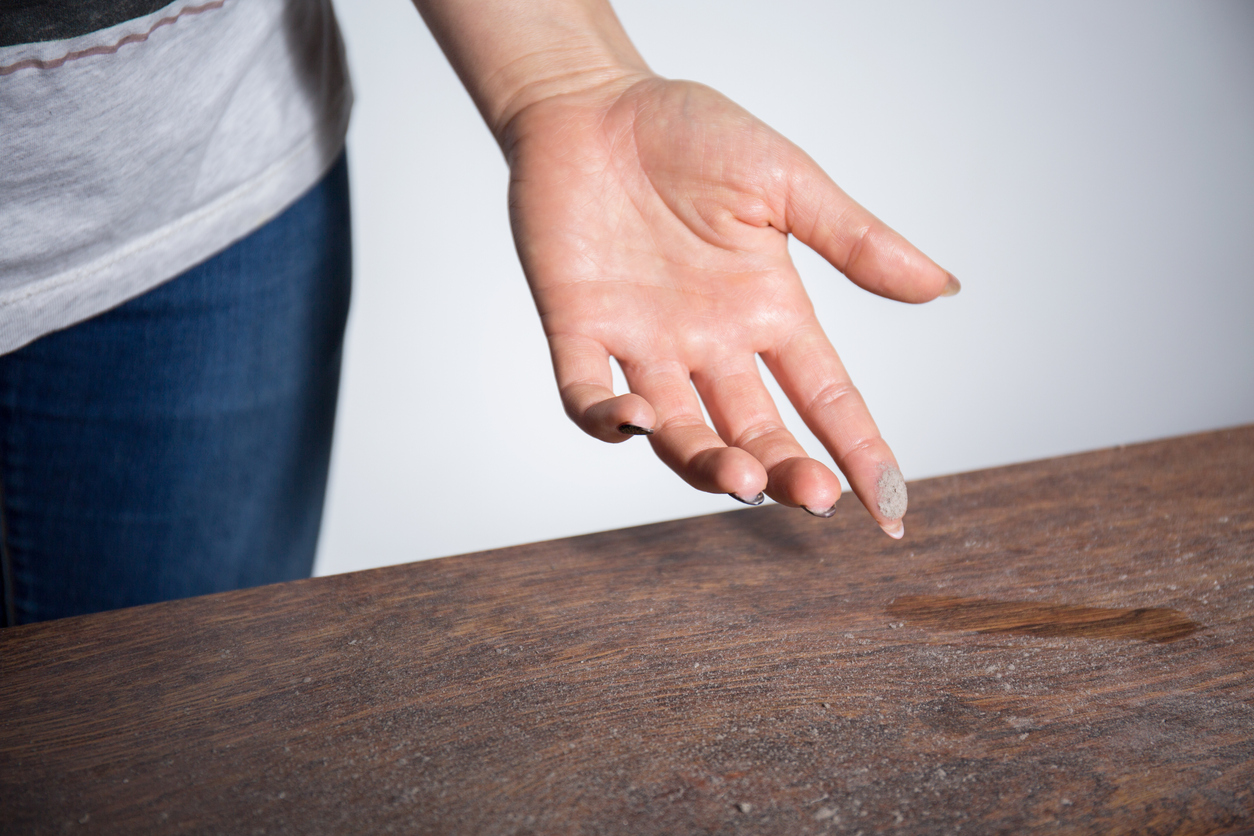
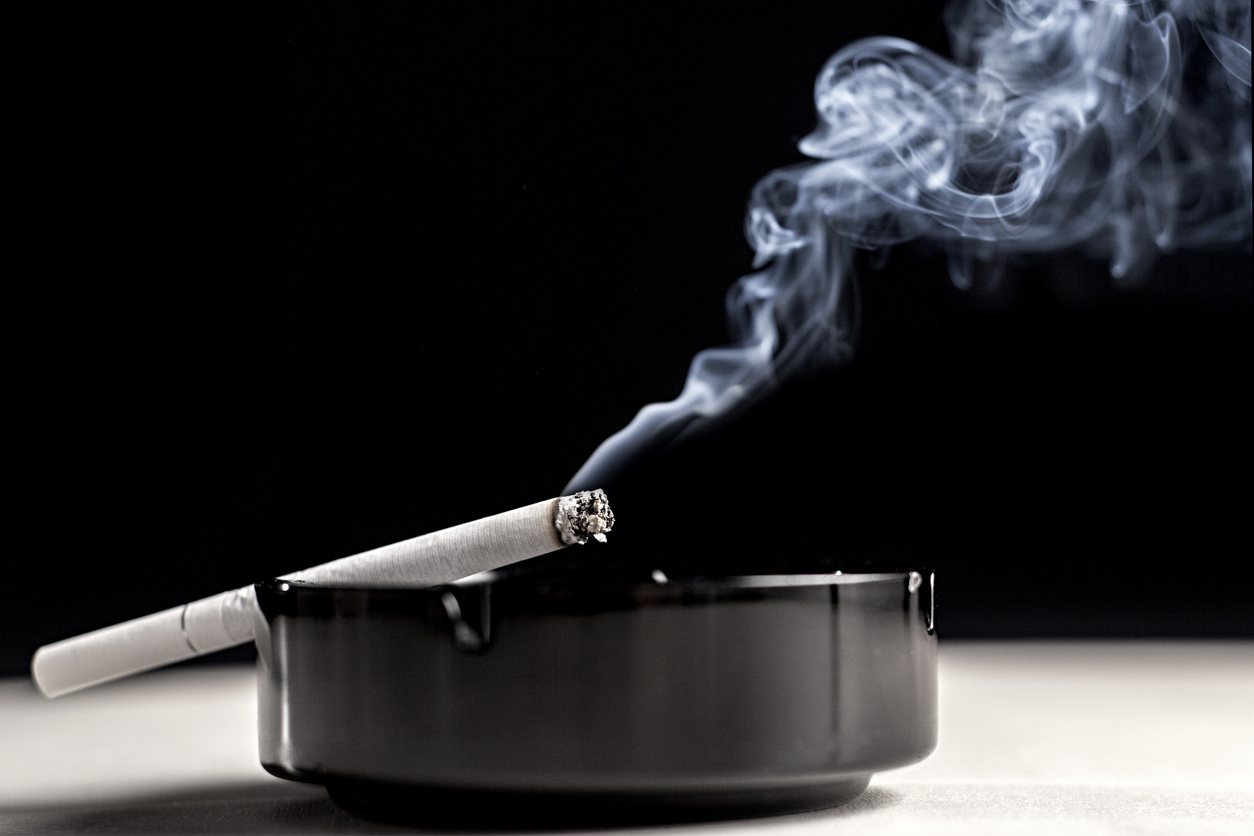
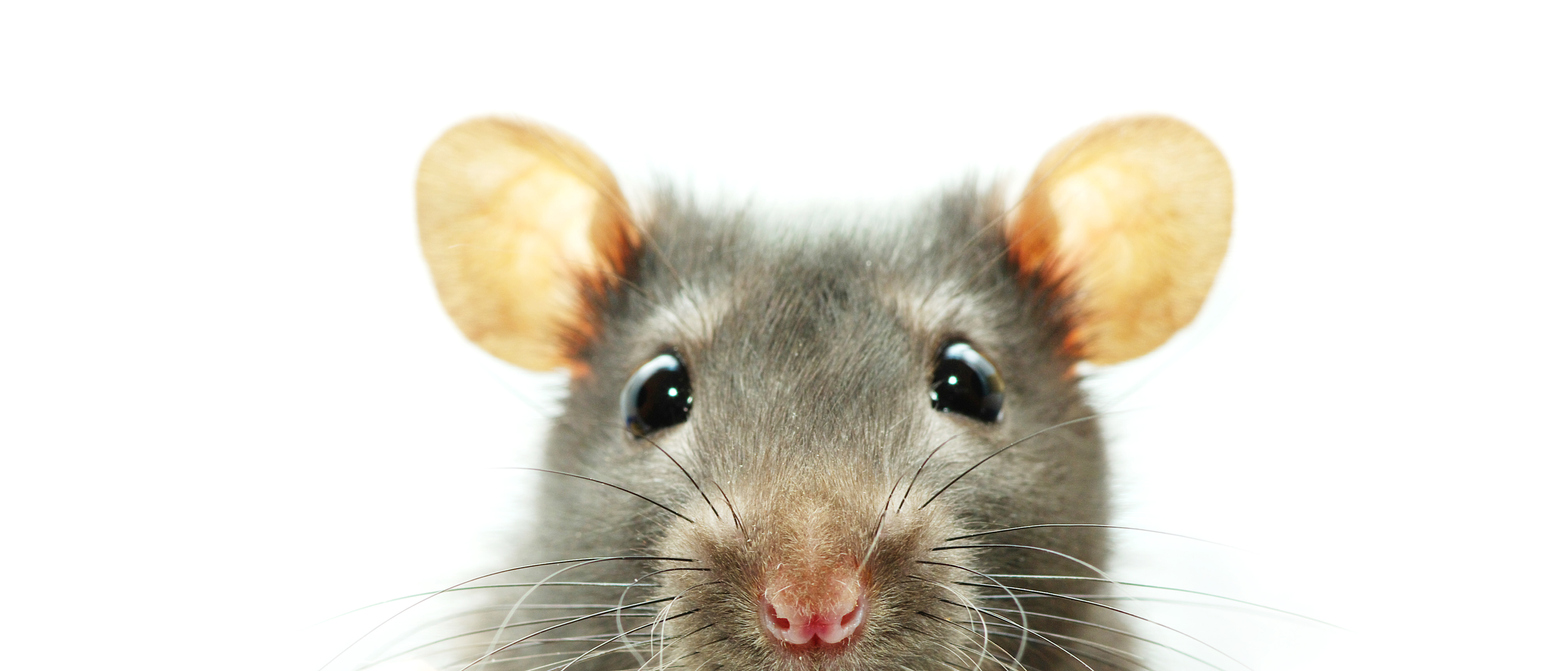
But there is a whole additional class of allergens and pollutants unique to the indoor environment - chemicals. Chemicals that cover the whole range from food additives, cleaning supplies, preservatives, anti-fungal sanitizing agents, clothing, new furniture chemicals, artificial fragrances added to everything from air fresheners to personal care products. The list is endless.
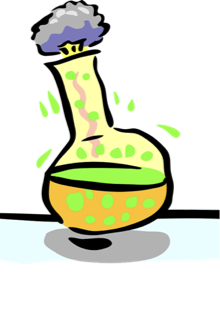
People can develop sensitivities to these chemicals and over time suffer from symptoms very similar to and even worse than, you guessed it, "hay fever"!
Instead of boring you with a whole list of the various things you can encounter in an indoor environment and how to counter each one, let’s just make a list of common sense actions and approaches you or your clients can take to make an office or home just a bit more pleasant.
- Clean. Clean is good. This includes a lot of things such as good housekeeping, dusting, sweeping, vacuuming, washing the walls once in a while. Don’t let the dirty dishes pile up and become a safe harbor for bacteria and mold Shampoo the carpet, or even better, remove the carpeting if you’re really concerned about the dust and allergens. It may be dull, but cleaning is not only good for the morale, but it is also the single best action you can take to ensure a healthy indoor environment.
- Did you know that most new furniture, new carpeting, and new clothing have formaldehyde in them? Yes, they do. The same thing they use in embalming fluid. There is nothing inherently wrong with using formaldehyde in these things - it helps to preserve the newness during manufacture, storage, transport of the product. But human bodies don’t really like formaldehyde. The formaldehyde will rather quickly dilute and dissipate and no longer pose a problem, particularly if you take certain actions. Wash the brand new clothes before wearing them - that will rid them completely of the chemical. When bringing in new furniture installing new carpet, air out the rooms where they are as thorough as possible. Being in those rooms won’t generally lead to a lot of problems, but, hey, do what you can to air them out quickly. Open the windows, use fans to keep the air moving. Shampoo brand new carpeting - that sounds weird to shampoo brand new carpet, but it helps remove the formaldehyde.
- Don’t use fragrance added air fresheners. Just don’t. In fact, try to limit “fragrance added” anything. Honestly, it’s like putting lipstick on a pig. The common air fresheners contain chemicals that are far worse than the stink you may be trying to “freshen”. Even use natural air fresheners with discretion. Instead, clean up the source of the stink. Rather than cover it up, it is far better to refer to item number 1 above.
- Speaking of fragrances, look at the personal care products you use. Some of them can contain some really nasty chemicals. There can be something pleasant about perfumes, but why load a body with perfumes that overwhelm the natural healthy fragrance of a human body? While that is a personal choice, it is definitely something to consider when chasing down the source of allergic reactions and a tolerable indoor environment. Again, clean is good. Refer to number 1 above.
- When there is an unpleasant smell, do NOT cover it up with an air freshener, deodorizer or other masking agents; find the source of it and get rid of it by cleaning, removing damaged materials, upgrading. This is particularly true when there has been some water damage, which can lead to mold and fungus. Find the source of the stink and get rid of it. Get rid of the rodents, rotten food or moldy old rags and then fully clean up the areas! When the source is gone, the stink will eventually go completely. Refer to number 1 above.
- If there is ever a significant water leak either from a broken pipe, a leak in the roof, etc. clean it up and dry it out without delay! This is the most common source of mold in structures. Handling it will be a lot faster and less costly if handled without putting it off until later. Again, Refer to number 1 above.
- Check out your air conditioning system and clean it if it needs it. Look, your air conditioning ductwork can move contaminants from one part of the house to another. This might be a shameless plug for our particular business, but it is, at the same time, true. A dirty system has all kinds of things in it that can worsen an indoor environment: mold, shredded fiberglass, dust that contains who knows what. Not only that, they can stink. Refer to number 1 above. Hmmm. Are you detecting a pattern here?
- Fresh air. No, fresh air is NOT a pollutant, but it is one of the best solutions to pollutants and allergens. Fresh air will dilute the pollutant and make the air more healthy to breathe. Do you know what the best air freshener there is? An open window. We all have them in our homes. Use them liberally. Yes, some dust will come in, but so will the fresh air. Embrace it.
- This next item is not necessarily in the realm of indoor contaminants, but it is in the realm of allergies. And that’s your food. Eat healthily. Reduce processed foods. It’s amazing the number of people suffering from food allergies of one sort or another. You need a chemistry degree to read the ingredients on the boxes of most over-processed foods, so do what a lot of people do - if the list of ingredients is longer than the cooking directions, don’t buy it. See your doctor and find out if you have any food allergies. At the very least try to eat healthily. Well, at least on this one I can’t refer you to number 1 above.
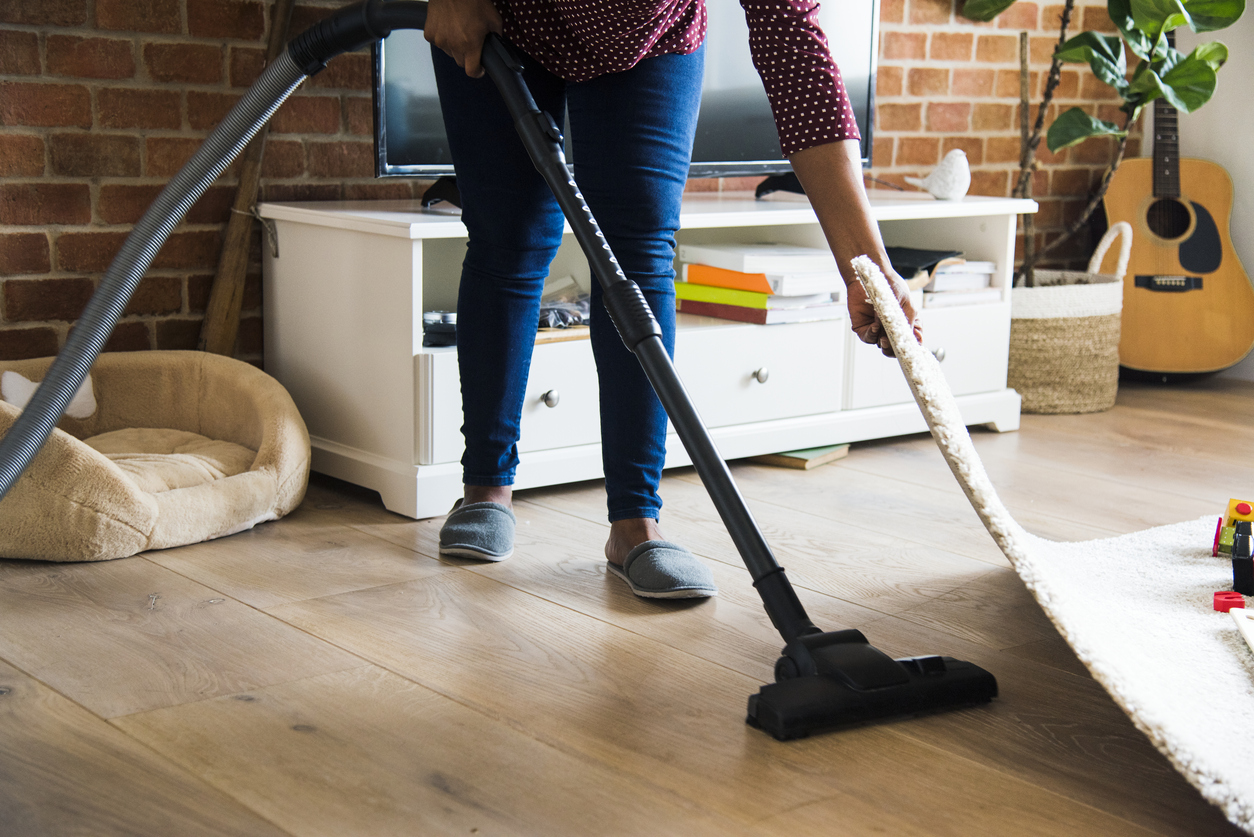

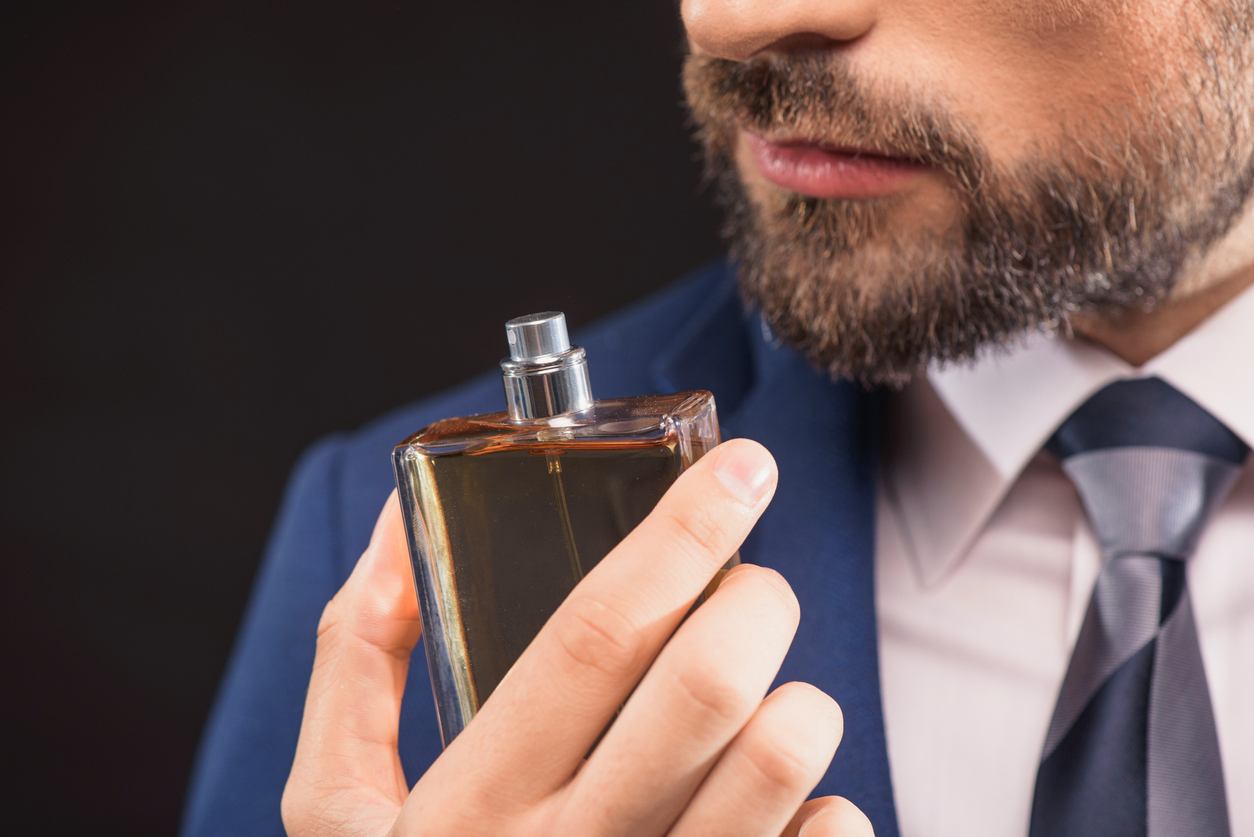
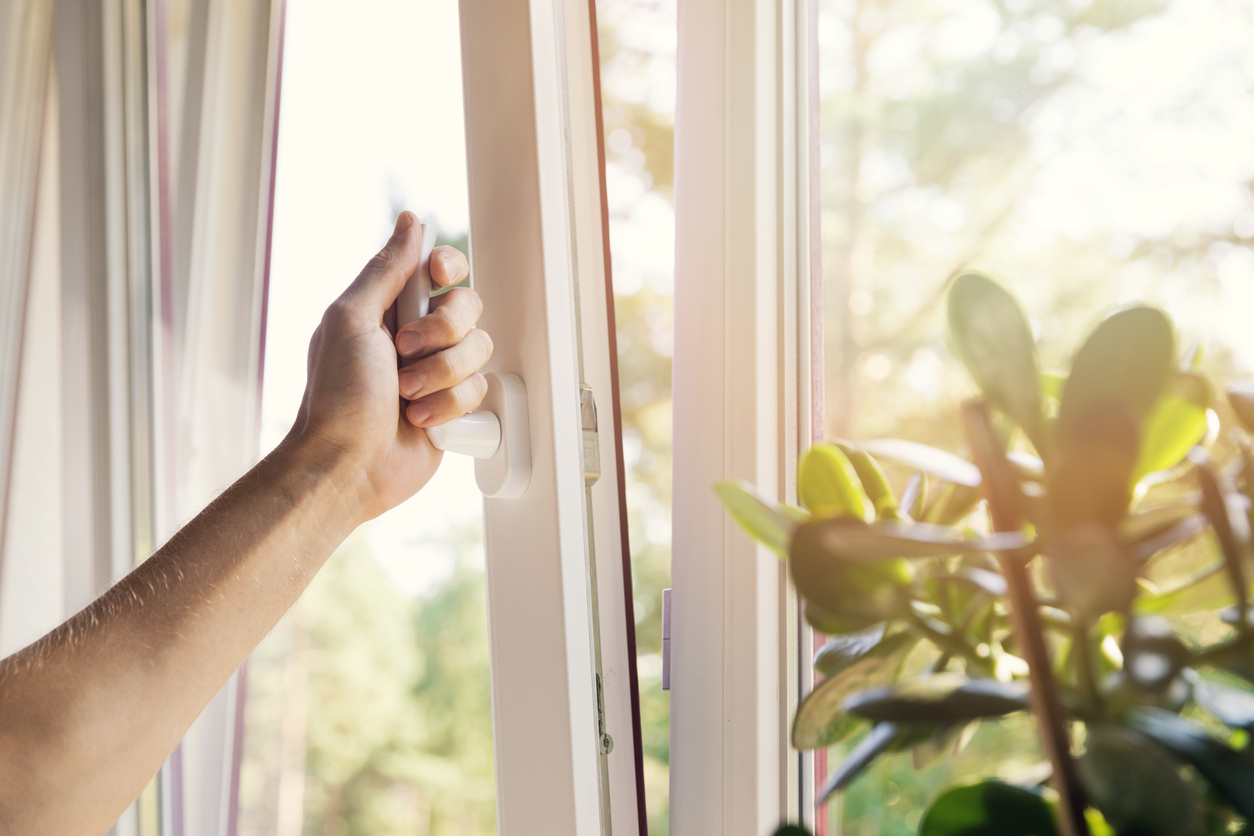

The above list is not complete by any means but it gives you a good idea of things you can do and amazingly enough, most have one thing in common: CLEAN. Cleaning is the one best thing a person can do on a daily and ongoing basis to ensure a good, healthy indoor environment. And the one biggest enemy to contaminants and allergens the world over.
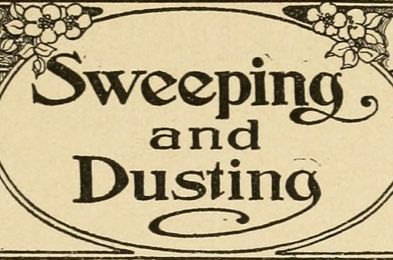
You want to take effective actions to improve your indoor environment? Follow the mantra: Keep it clean.






